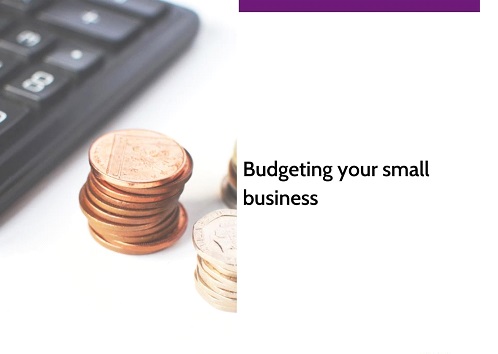Drafting a budget is a key way to help you turn your dreams for business success into reality. You prepare a budget as a tool to help you lead, manage, and control the operations and finances of your business. There may be secondary uses of the information, like your staff, which needs to understand the company’s goals and progress. And if you have a bank loan, your banker will probably want to see the budget and the actual results. You do not need a crystal ball to run your business but a budget surely acts as a roadmap to your business goals.
Creating a budget can be intimidating, especially when you’re just starting out. But the process of how to create a business budget isn’t actually that difficult if you approach it the right way. It can all be broken down into few steps.
- Examine your revenue: This is the amount you expect to make from the sale of goods or services. It’s the cash you bring in the door regardless of what you spent to get there. It can be based on industry averages if you’re a startup.
- Determine your costs, since you are just starting up. These costs would be based on the type of business you have. They are Facilities costs, fixed assets, other initial costs like registration fee etc.
- Estimate your fixed and variable costs: Fixed expenses are costs that don’t change and aren’t dependent on the number of customers you have like rent, payroll etc. Variable costs are expenses that will change with the number of customers you work with every month like utilities, packaging etc.
- Set Aside a Contingency Fund for Unexpected Costs
- Create Your Profit & Loss Statement: Once you’ve collected all of the above information, it’s time to put it all together to create your profit and loss statement. Add up all of your income for the month and add up all of your expenses for the month. Then, subtract the expenses from the income.
- Create cash flow statements: Begin your cash flow statement by combining total costs with total collections of money from all sales for each month. Remember that sales and collections might be different, unless you have a cash or credit business. For the cash flow statement, you’ll need to use collections. It is better to monitor cash flow on a monthly basis.
- Project your business budget: In your spreadsheet, create a summary page with a row for the budget categories above. This is the framework of your basic budget. Then next to each category, list the total amount you’ve budgeted. Create another column to the right—when the time period ends, use it to list the actual amounts spent in each category.
- Online accounting software is also available to create your profit and loss statements if you do not want to use spread sheet. Also, budget templates can also be found on the internet.

